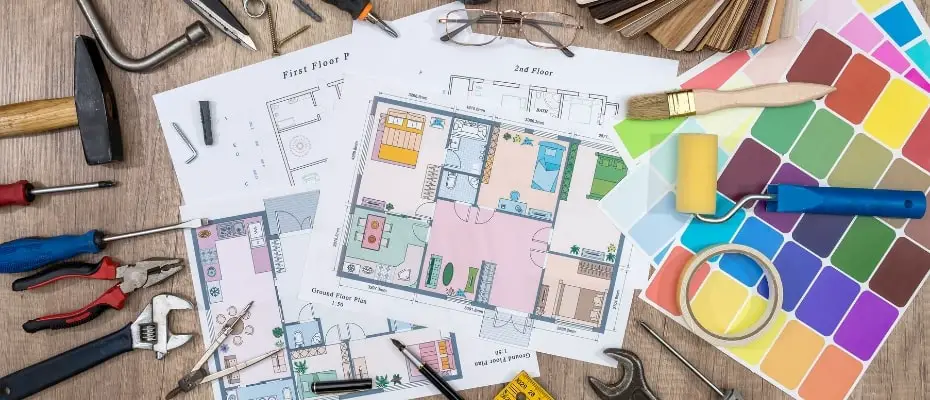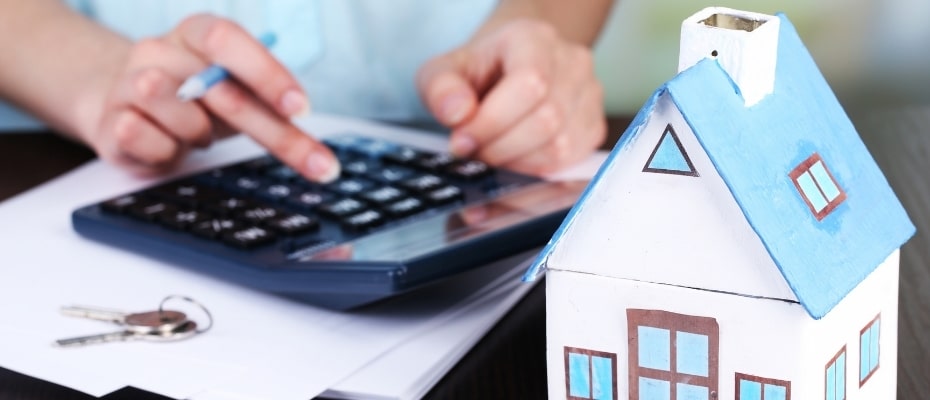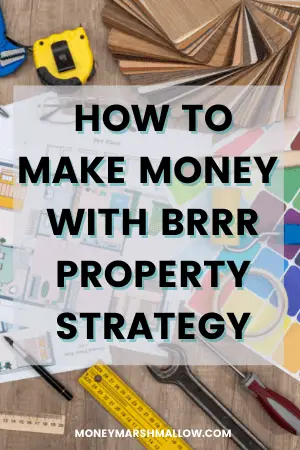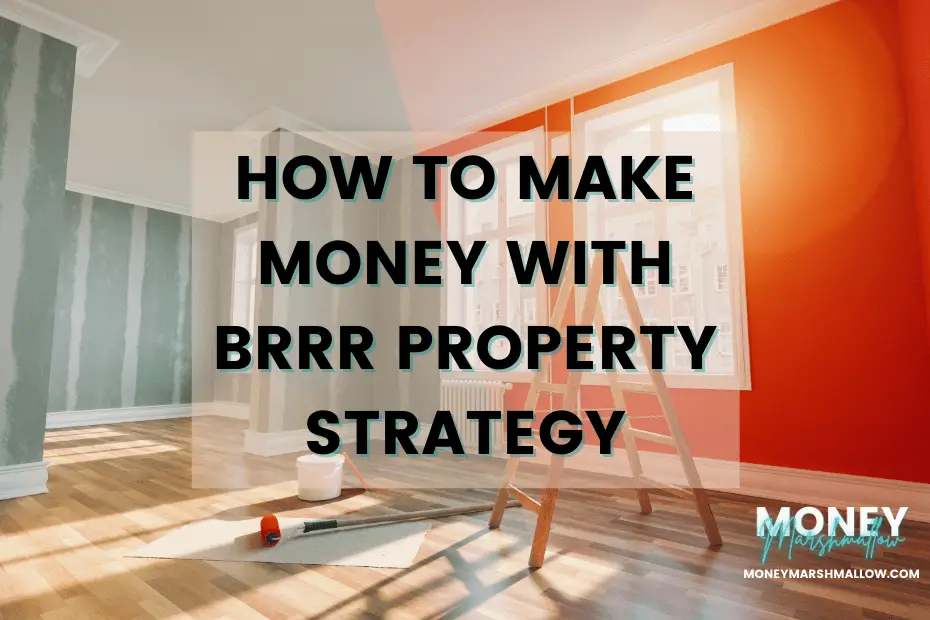Buy, Refurbish, Refinance, Rent (BRRR) property strategy is a common and often very lucrative strategy that professional property investors use. That’s not to say that beginner property investors couldn’t benefit from this strategy too. In fact, BRRR can be a great way to make money from property with a smaller initial pot of cash.
Read on to learn more about how BRRR strategy works and the pros and cons of this property investment strategy.
What is BRRR strategy?
Buy, Refurbish, Refinance, Rent (BRRR) is a very powerful property investment strategy that allows you to grow your property portfolio quickly. This strategy often requires a smaller amount of initial capital compared to most other property strategies. Now let’s explain the BRRR Strategy further in four simple steps:
- Buy: The first step of the BRRR strategy is purchasing a property. The idea is to buy a lower-value or below-market-value property (such as off-market property) where value can be added with a refurb, extension or other additional work. To make money with BRRR strategy, it’s essential to do your due diligence and make sure the numbers stack up. In other words, you would ideally want the price of the property and refurb costs to be less than the new expected value after the refurb.
- Refurbish: The refurbishment stage is where you add value to the property. The level of the refurbishment usually depends on the condition of the property. This could be a light refurb to modernise and decorate the property. Alternatively, some properties might require a complete reconfiguration with potential extensions. Typically, the aim of the refurb is to only carry out any key works that will directly add either the rental value or the value of the property.
- Refinance: Once the refurbishment has been finished, the property should now be worth more. Therefore, it’s time to refinance. When refinancing, you’ll get a mortgage for the new property value. This allows you to pull out your original start-up capital partially or in full, depending on the deal.
- Rent: The final step of BRRR strategy is to find a tenant for the property so that the mortgage is covered and you can enjoy the rental cash flow.
What is BRRRR?
You can sometimes also see this strategy called “BRRRR” with one additional R. This refers to Buy, Refurbish, Refinance, Rent and Repeat. Basically, both terms and abbreviations are related to the same strategy.
The basic principle and aim of the strategy is to recycle your initial deposit so that you can keep adding properties to your portfolio without having your deposit tied up in your first deal.

BRRR Strategy Example
Now that we know how BRRR property investing strategy works in theory, let’s take a look at an example that shows how you can make money with this strategy in practice.
You purchase a house for £80,000 (using cash or bridging finance), including legal fees and Stamp Duty Land Tax (SDLT) of around £4,000. The property is inhabitable and requires a full refurbishment before it can be rented. The refurbishment will cost £16,000.
After doing your research on similar properties in the area, you estimate that after a high-quality refurb the property should be worth £140,000. When you apply for a buy-to-let mortgage, a lender appoints a valuer that will assess the property to confirm the market value. In this case, the valuer agrees with you that the property is worth £140,000.
Buy-to-let mortgages are typically 75% LTV (loan-to-value) of the uplifted property value. In this scenario, 75% of £140,000 is £105,000.
When the mortgage completes, you will get paid £105,000 which covers the total costs of the property purchase and all of the refurbishment costs which totalled £100,000. On top of this, you’ll get an extra £5,000. This means that you have not only pulled out all the initial cash you put in, but you have also pulled out additional cash.
Finally, with all of your original cash out of the property, you’re left with ownership of the house and the benefit of getting monthly rental income.
Do I need to be able to pull all my money out to make BRRR worth it?
In the above BRRR example, you were able to pull out all your initial money invested and more. In reality, not all BRRR deals are as profitable when refinancing. When doing smaller refurbishments, naturally the value of the property doesn’t appreciate as much as in a case of a complete refurbishment.
However, if you can’t get all the money out, it doesn’t necessarily mean it’s not a good deal. It all depends on the Return on Investment (ROI) on the money that’s left in. So how do we calculate the ROI?
Say we’ve left £10,000 in the above example deal (due to the property being valued less than expected after the works). The property now rents for £500 per month, meaning an income of £6,000 a year.
ROI = £6,000 (annual income)/£10,000 (money left in) *100= 60%. This is an extremely strong ROI compared to an average buy-to-let ROI of 4-9%.

Pros & cons of BRRR property strategy
Advantages:
- You can pull out all or part of the initial cash you invested. When done right, BRRR can offer a high return on capital and can therefore be very lucrative.
- You can build a property portfolio with a smaller initial pot of cash.
- You can use short-term bridging finance to reduce your initial cash investment further.
- The costs of maintaining the property can be lower for the first few years due to the fresh refurbishment.
Disadvantages:
- The best money-out/below-the-market value deals can be difficult to find.
- Managing a house refurb can be hard work and unexpected things go wrong.
- BRRR strategy often requires more knowledge and research than a straightforward buy-to-let investment property.
- There is a risk that the investment property doesn’t appraise enough to secure the refinance.
How do I finance a BRRR deal?
Unlike a typical buy-to-let investment, you buy a Buy, Refurbish, Refinance, and Rent deal with cash instead of a mortgage. However, the good news is that you don’t necessarily need to have all this cash available yourself. Here are a couple of common ways to finance a BRRR deal:
- Bridging finance: Bridging loan is a short-term loan provided by specialist lenders. It allows you to lend money for the purchase until the refurbishment is done. You will typically need a 25% deposit for the bridging loan which can come from your own cash sources or a private investor. Bridging loans tend to have high interest rates so the idea is to pay it off as soon as you have refinanced the property and pulled out the money.
- Private investor: Private money usually comes from people who want to put their money to work. You can get a loan from friends, family, co-workers or other property investors and negotiate their rate of return together.

